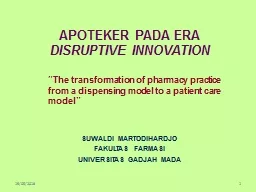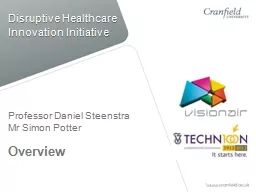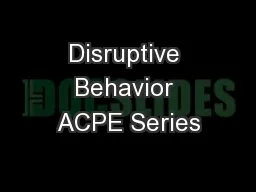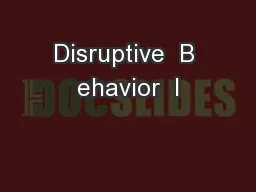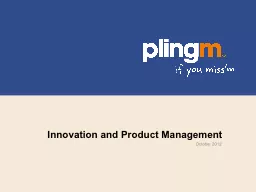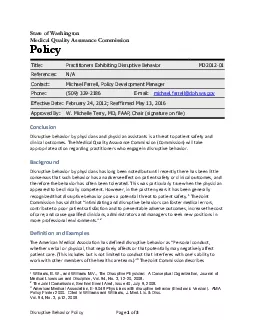PPT-APOTEKER PADA ERA DISRUPTIVE INNOVATION
Author : TheOneWithNoFilter | Published Date : 2022-08-01
SUWALDI MARTODIHARDJO FAKULTAS FARMASI UNIVERSITAS GADJAH MADA 19052018 1 The transformation of pharmacy practice from a dispensing model to a patient care model
Presentation Embed Code
Download Presentation
Download Presentation The PPT/PDF document "APOTEKER PADA ERA DISRUPTIVE INNOVATIO..." is the property of its rightful owner. Permission is granted to download and print the materials on this website for personal, non-commercial use only, and to display it on your personal computer provided you do not modify the materials and that you retain all copyright notices contained in the materials. By downloading content from our website, you accept the terms of this agreement.
APOTEKER PADA ERA DISRUPTIVE INNOVATION: Transcript
Download Rules Of Document
"APOTEKER PADA ERA DISRUPTIVE INNOVATION"The content belongs to its owner. You may download and print it for personal use, without modification, and keep all copyright notices. By downloading, you agree to these terms.
Related Documents

